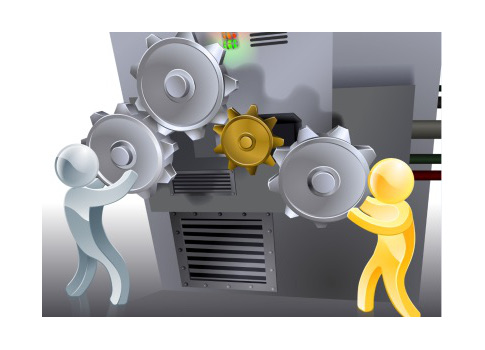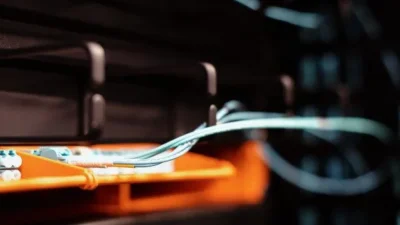Engineering and service firms need to take advantage of the Industrial Internet of Things (IIoT) to be able to analyze the mass of data coming in and get creative in their approach to service offerings and customer engagement.

The Industrial Internet of Things (IIoT) is taking industrial industries by storm, impacting everything from how products are designed to how they’re serviced to how organizations interact with customers.
Specifying, designing, and building IIoT capabilities require skillsets already offered by engineering firms: deep understanding of facility spaces and the knowledge to connect legacy systems with new technology. That makes IIoT a low-hanging fruit, which opens numerous opportunities to enable clients to achieve higher efficacies and more reliable systems by better managing, controlling, maintaining, diagnosing issues, and optimizing their facilities.
To take advantage of the IIoT, engineering and service firms must be able to analyze the mass of data coming in and get creative in their approach to service offerings and customer engagement. Consider these four ways service organizations can implement the Internet of Things (IoT) to guide new and recurring business.
1. Analyze data to understand system operation. IIoT sensors create a huge mass of data, which engineering firms, when equipped with the tools to interpret it, can use to inform future system design, develop more efficient installation methods, and design their operations so fewer problems occur and customers experience less system downtime.
2. Improve asset management. When equipped with intricate details about system performance and service history taken directly from the machine, businesses can look at a system, predict when something may go wrong, and inform customers how they can run it more efficiently.
3. Automate preventive maintenance (PM) visits. To improve service offerings and prevent problems from occurring before they even begin, service organizations can use IIoT sensors to trigger alerts when the plumbing system operates outside set parameters. The system activates a work order automatically when a piece isn’t working as it should. As the work order is generated, the system orders parts and schedules a preliminary service call. When the parts arrive, a service truck is dispatched to the site to perform the PM. Each of these steps is done automatically in seconds since no human interaction is required.
4. Help clients operate their facilities more efficiently. Engineering firms’ main priority is to help their customers. By giving clients the insight and analytics to see exactly how their systems are functioning, organizations give their customers peace of mind that everything’s working as it should and the insight they need to run more efficiently.
Overcoming IoT adoption challenges
While the IoT will certainly transform industrial industries in the coming years, it’s not going to happen all at once. Consider the following challenges and build a plan to overcome them in order to successfully roll out an IoT solution.
1. Analyzing the right data
IIoT sensors produce an abundance of data (the term "Big Data" actually makes sense in this context). With all that information, service businesses need a plan to determine what to look for and the tools to analyze the data.
2. Storing data
Because IIoT sensors can collect so much information, storing it all can be tricky. This problem is easily resolved by investing in a service software provider with strong cloud hosting capabilities.
3. Ensuring security
As more "things" become connected, security breaches become a bigger threat. While it may seem counter-intuitive, hosting data in the cloud actually improves security since experts are charged with guarding and managing the data at all times.
4. Shifting business plans
The IIoT is causing some big changes in the industry, which means many businesses will have to undergo the painful process of transforming their existing business plan. Adopting the IIoT will require a change in the way many organizations design and augment their industrial systems. To simplify this process, IoT systems must be adaptive and scalable through software or added functionality that integrates with the overall solution.
5. Maintaining precision
Equipment engineers and end users often work with precision machines that can fail if timing is off by even a millisecond. To prevent machine failure or a project mishap, equipment needs to adhere to strict requirements, which make it vital that IIoT sensors do their job precisely every time.
Conclusion: Preparing for an industrial future informed by IIoT
While there are certainly reasons to be cautious when investing in an IIoT solution, the benefits of using IIoT to guide system insight and proactive maintenance programs are very clear. Industrial engineering firms that can add effective service and maintenance programs in addition to the development and installation of new systems will realize the long-term benefits of building a satisfied and loyal customer base.
As sensors and data intelligence become more sophisticated, insights and alerts driven by the IIoT will become the next standard in service.
Joanna Rotter is content marketing manager at MSI Data. MSI Data is a CFE Media content partner. Edited by Chris Vavra, production editor, CFE Media, Control Engineering, [email protected].
ONLINE extra
See additional stories by MSI Data linked below


